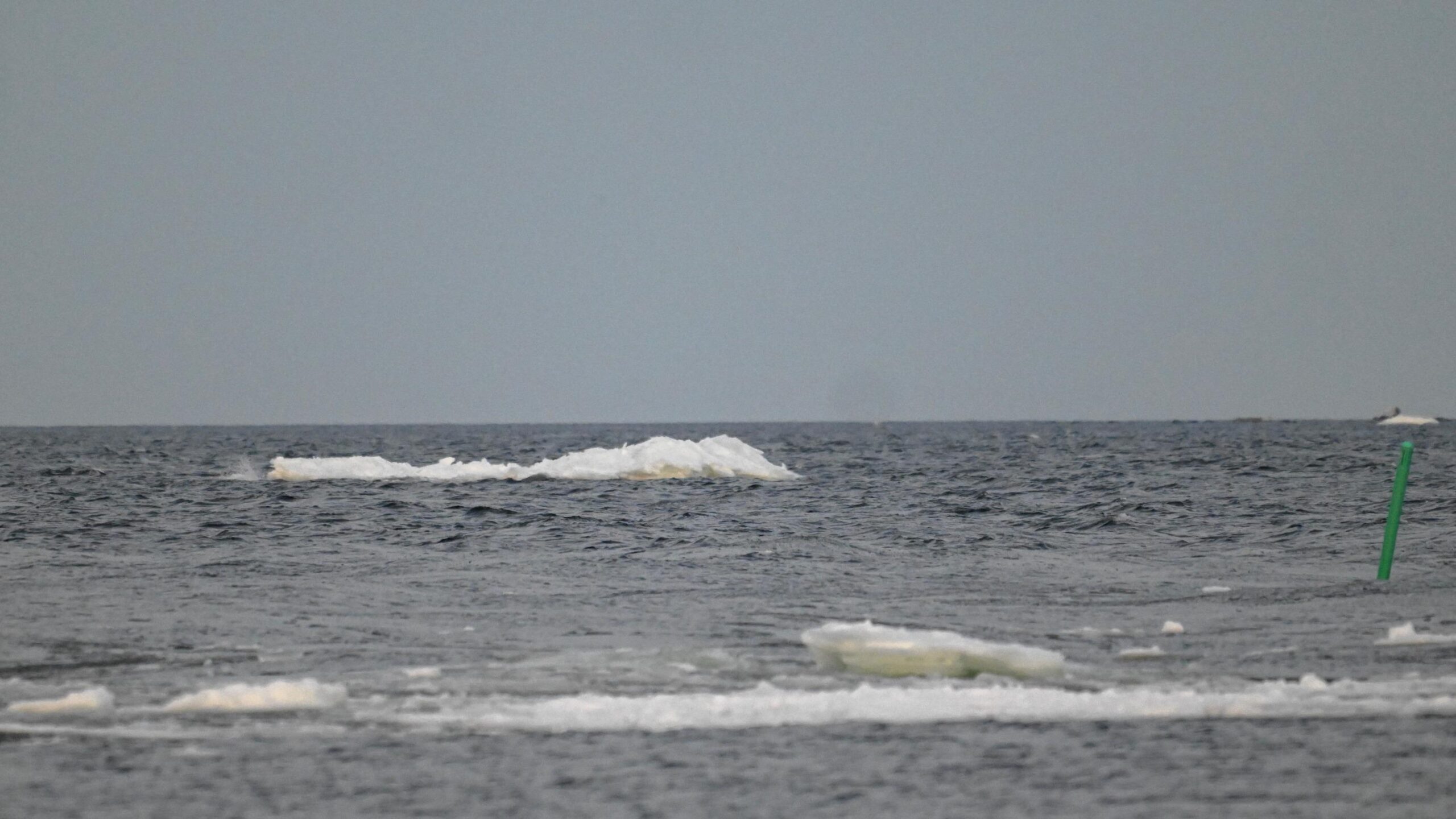
Sweden Launches Sabotage Probe After Baltic Sea Cable Damage
On Friday, Sweden initiated a "sabotage" investigation following the discovery of yet another damaged cable in the Baltic Sea, east of the island of Gotland. This incident comes on the heels of similar occurrences in recent months, targeting critical subsea infrastructure, and has raised suspicions of Russian involvement.
The C-Lion 1, a communications cable connecting Finland to Germany, experienced an "outage" but remains "operational," according to a statement from Finnish operator Cinia. The disruption "does not affect the functioning of data connections, and data traffic can be transmitted as normal," Cinia assured. The same cable had been compromised in November 2024, and Chinese vessels were swiftly suspected.
Following Sweden’s accession to NATO, multiple incidents of damage to energy and communication infrastructure have plagued the Baltic Sea. Mathias Rutegård, a police spokesperson, confirmed to AFP that a "sabotage" inquiry had been initiated in response to the latest incident.
"We have opened a preliminary investigation into suspected cable breakage in the Baltic Sea, within the Swedish economic zone," Rutegård stated. At this juncture, "there are no suspects," according to a police statement.
Swedish coast guard vessels are assisting with the investigation and have dispatched a ship to the site, said Karin Cars, a coast guard spokesperson. The Swedish government is closely monitoring the situation.
"We take all reports of potential damage to infrastructure in the Baltic Sea very seriously. As I have said before, they must be seen in the context of the serious security situation we are now in," wrote Prime Minister Ulf Kristersson on Twitter.
Regional tensions have escalated since Russia’s invasion of Ukraine in 2022. Experts and policymakers perceive the incidents involving subsea infrastructure as part of a "hybrid war" waged by Russia against Western nations, an allegation that the Kremlin denies.
Amidst these persistent incidents, NATO announced a patrol mission in January to protect subsea infrastructure. Airplanes, ships, and drones are now being deployed more extensively and regularly in the Baltic Sea as part of a new operation dubbed "Baltic Sentinel."
However, not all damage to subsea cables is necessarily intentional. According to the International Cable Protection Committee (ICPC), the industry’s primary organization, the global average for outages is between 150 and 200 per year.
Tomas Lamanauskas, Deputy Secretary-General of the UN’s International Telecommunication Union (ITU), told AFP that 80% of damage incidents are "attributable to fishing and anchoring," with fishing nets scraping the seabed and ships inadvertently dragging anchors. Natural hazards, abrasion, and equipment failure also pose risks.
As the investigation into the latest cable damage east of Gotland proceeds, Rutegård emphasized that "we don’t know much yet." The inquiry has been launched "so that we can have access to the tools we need to clarify what has happened."
